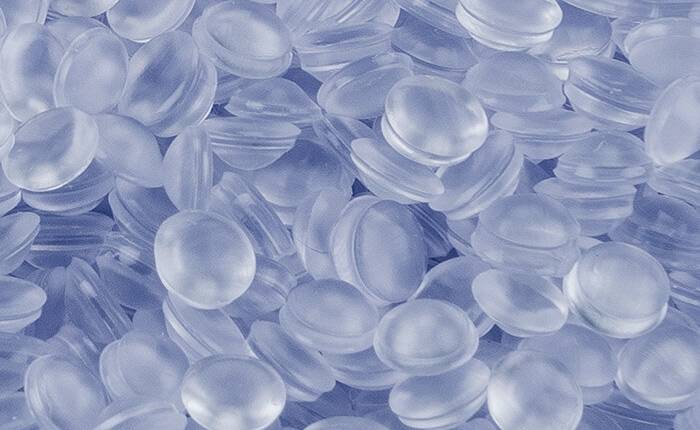Jul . 26, 2024 13:19 Back to list
High-Density Polyethylene Pipe Solutions for Efficient Drip Irrigation Systems and Sustainable Agriculture Practices
HDPE Pipe for Drip Irrigation A Sustainable Solution for Modern Agriculture
In the world of modern agriculture, efficient water management has become more important than ever. As the demand for food continues to rise and water resources dwindle, farmers are adopting advanced irrigation techniques to maximize productivity while minimizing water usage. One such innovative solution is the use of High-Density Polyethylene (HDPE) pipes in drip irrigation systems.
Drip irrigation is a method that delivers water directly to the root zone of plants, minimizing evaporation and runoff. This precision in water application not only conserves water but also enhances crop yield. The choice of materials in drip irrigation systems plays a crucial role in their efficiency and longevity, making HDPE pipes a popular option among farmers.
Advantages of HDPE Pipes
HDPE pipes are made from high-density polyethylene, a thermoplastic known for its strength, durability, and resistance to various environmental factors. One of the most significant advantages of HDPE pipes is their resistance to corrosion and chemical leaching, which ensures that the water delivered to plants remains pure and uncontaminated. Unlike traditional metal or PVC pipes, HDPE pipes do not corrode over time, reducing maintenance costs and the need for frequent replacements.
Furthermore, HDPE pipes are lightweight and flexible, facilitating easier installation and transportation. This flexibility allows them to adapt to the contours of the landscape, making them ideal for various terrains and crop layouts. Farmers can lay out their systems with ease, thereby reducing labor costs and saving time during installation.
Another key feature of HDPE pipes is their ability to operate under a wide range of temperatures. This adaptability means they can be used in diverse climates, from hot arid regions to colder environments. They can withstand high pressures, making them suitable for different irrigation methods and systems, including gravity-fed and pressurized setups.
hdpe pipe for drip irrigation

Environmental Impact
Using HDPE pipes for drip irrigation not only benefits farmers but also has a positive environmental impact. By minimizing water waste and ensuring efficient use of resources, HDPE pipes contribute to sustainable agricultural practices. This is particularly crucial in areas facing water scarcity, where maximizing every drop is essential for maintaining agricultural productivity.
Additionally, HDPE is a recyclable material. At the end of their life cycle, HDPE pipes can be repurposed, reducing the environmental footprint associated with agricultural plastic waste. This characteristic aligns with the growing emphasis on sustainability in agriculture, encouraging practices that protect natural resources.
Conclusion
As the agricultural sector faces increasing challenges due to climate change, population growth, and resource depletion, adopting efficient irrigation systems becomes imperative. HDPE pipes for drip irrigation present a viable solution that not only conserves water but also enhances crop productivity and sustainability. With their durability, flexibility, and environmental benefits, HDPE pipes are set to play a crucial role in the future of agriculture, enabling farmers to meet growing food demands without overexploiting vital water resources.
In conclusion, as we move towards a more sustainable agricultural future, the choice of materials in irrigation systems such as HDPE pipes will be pivotal. Their benefits speak to both economic and environmental sustainability, making them a wise investment for farmers looking to optimize their operations while contributing positively to their ecosystems.
-
HDPE Pipe Fittings: Durable, Leak-Proof Solutions
NewsAug.16,2025
-
Premium CPVC Sheet: High-Temp & Chemical Resistant Solutions
NewsAug.15,2025
-
Durable PPR Pipe for Hot & Cold Water Systems - Easy Install
NewsAug.14,2025
-
Durable HDPE Sheet | Versatile & Impact-Resistant Plastic
NewsAug.13,2025
-
Premium PVC Soft Sheets: Clear, Flexible & Durable
NewsAug.12,2025
-
Premium PVC Round Rods: Durable, Chemical Resistant, Easy to Machine
NewsAug.11,2025

